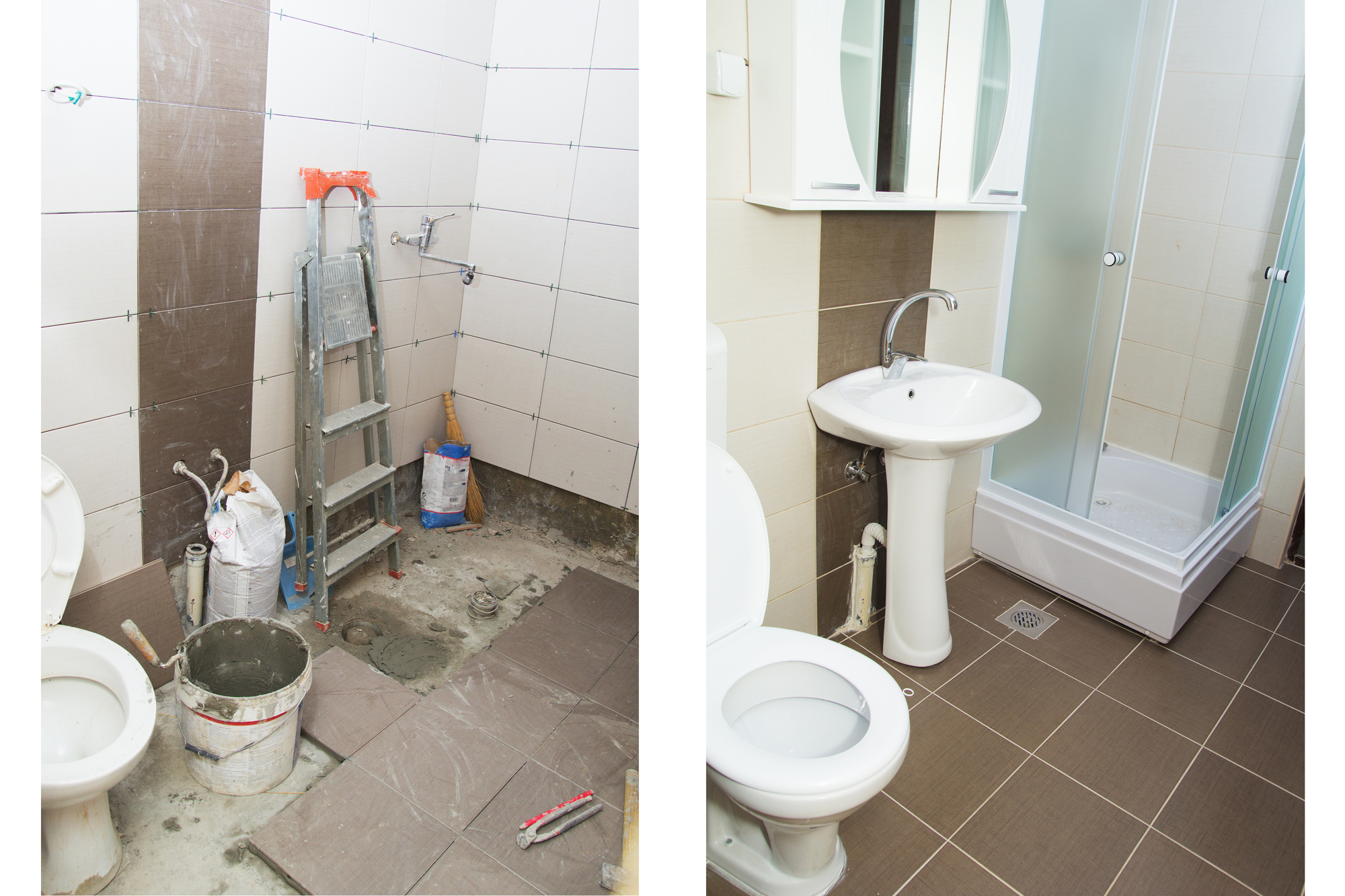When it comes to the health of your home’s plumbing system, several potential issues can arise, each with its level of severity. One of these concerns is the formation of a belly in your sewer line. But just how serious is a belly in a sewer line, and what are the implications for your property? In this blog, we’ll dive into the world of sewer line problems and explore why a belly in the line is something you should take seriously. We’ll discuss the causes, warning signs, and potential consequences of this issue, shedding light on why timely attention and maintenance are crucial for a smoothly flowing home plumbing system.
What is a belly in a sewer line?
A belly in a sewer line is a structural anomaly characterized by a dip or sag in the pipeline, deviating from its ideally straight and level path.

This curvature typically occurs due to various factors, including ground settling, shifting soil, or improper installation during the initial plumbing setup.
As a consequence of this deviation, a low point is created in the sewer line where wastewater may accumulate and become stagnant.
This stagnation can lead to a host of plumbing issues, including slow drainage, frequent blockages, and even the potential for sewage backups into your home.
Identifying and addressing a belly in a sewer line early is crucial to prevent more severe problems and maintain the efficient functioning of your plumbing system.
How serious is a belly in a sewer line?
A belly in a sewer line can be a serious issue. It refers to a dip or sag in the pipeline, which can lead to slow drainage, frequent blockages, and sewage backups.

If left untreated, it may cause structural damage to the pipe and property, along with health hazards. Prompt detection and professional repairs are crucial to prevent costly and disruptive plumbing problems, ensuring the efficient operation of your sewage system and the safety of your home.
Signs of a belly in your sewer line
Recognizing the signs of a belly in your sewer line is essential to address the issue promptly and prevent potential plumbing disasters. Here are common signs to watch out for:
- Slow drainage: If you notice that water in sinks, showers, or toilets drains more slowly than usual, it could be an early indicator of a belly in your sewer line. The dip in the pipe disrupts the flow of wastewater, causing drainage issues.
- Frequent blockages: Bellies create low points where debris and sediment can accumulate, leading to frequent clogs and blockages. If you find yourself regularly dealing with plumbing backups, a belly could be the culprit.
- Unpleasant odors: A sewer line belly can trap sewage and wastewater, causing unpleasant odors to emanate from drains or even in your yard. These odors are a clear sign that something is amiss with your plumbing.
- Soggy ground: If you notice areas of your yard with consistently soggy or sunken ground, it might indicate that wastewater is leaking from the sewer line due to the belly. This can lead to further complications, including landscape damage.
- Gurgling noises: Strange gurgling or bubbling sounds coming from drains or toilets when water is used elsewhere in your home can be indicative of a sewer line problem, including a belly.
- Backups and overflows: The most severe sign of a belly is when sewage or wastewater starts to back up into your home. This can cause significant property damage and health hazards.
- High water bills: A belly can result in water pooling in the low section of the pipe, leading to increased water usage and higher water bills.
If you see any of these indicators, call a plumber to video-check your sewage line to confirm a problem and offer repairs. Prompt intervention may avoid plumbing and property damage.
The serious consequences of a belly
So, how serious is a belly in a sewer line? The consequences can be significant:
- Wastewater backup: A belly can lead to wastewater backup into your home, causing property damage and health hazards.
- Structural damage: Over time, the constant pressure from stagnant water can weaken the pipe, leading to cracks, leaks, and even pipe collapse.
- Mold and mildew: Excess moisture from sewer backups can promote the growth of mold and mildew, which can affect indoor air quality and your family’s health.
- Increased maintenance costs: Dealing with recurring plumbing issues and repairs can quickly add up in terms of expenses.
Addressing the issue of a belly in a sewer line
Addressing a belly in your sewer line is a critical step to prevent plumbing problems and potential property damage. Here are the key steps to consider when dealing with this issue:
Professional inspection
Contact a qualified plumber to conduct a thorough inspection of your sewer line. Plumbers often use video inspection equipment to pinpoint the exact location and severity of the belly. This step is crucial for accurate diagnosis and planning repairs.
Repair options
Depending on the extent of the belly and its location within the sewer line, your plumber will recommend appropriate repair options. Common solutions include:
Sewer line relining:
In cases where the belly is not too severe, relining the affected section may be an option. This involves inserting a new liner inside the existing pipe to seal any cracks or sags.
Pipe bursting:
For more extensive bellies or damaged pipes, pipe bursting may be necessary. This method involves bursting the old pipe and replacing it with a new one while minimizing disruption to your landscaping.
Trenchless repair
Trenchless methods are preferred when possible, as they are less invasive and can save time and money compared to traditional excavation.
Regular maintenance
After addressing the belly in your sewer line, it’s essential to establish a regular maintenance schedule. Routine inspections can catch any new issues before they become severe, ensuring the long-term health of your plumbing system.
Landscaping caution
Be cautious when planning landscaping or construction projects around your sewer line. Avoid heavy machinery or digging near the sewer line to prevent future disruptions.
Documentation
Keep records of all inspections, repairs, and maintenance activities related to your sewer line. This documentation can be valuable for future reference and potential property sales.
Remember that fixing a sewer line belly quickly may avoid sewage backups and building damage. Ensure your plumbing system and property are safe and functioning by consulting a qualified sewage line repair plumber.
Preventing future bellies
To avoid the recurrence of bellies in your sewer line, consider these preventative measures:
- Proper installation: Ensure your sewer line is installed correctly by qualified professionals.
- Regular maintenance: Schedule routine inspections and maintenance to catch issues early.
- Landscaping caution: Be cautious with landscaping and construction projects that may disturb the soil around your sewer line.
Conclusion
A belly in a sewage system is a major hazard that should not be overlooked. This seemingly innocuous dip in your plumbing can lead to a cascade of problems, from blockages and backups to costly repairs and property damage. Ignoring the signs or delaying necessary maintenance can only exacerbate the situation. To ensure the longevity and functionality of your plumbing system, it’s essential to address any potential issues promptly. Regular inspections, professional assessments, and timely repairs are your best defenses against the perils of a belly in a sewer line. So, remember, when it comes to your home’s plumbing health, the question remains: How serious is a belly in a sewer line? The answer: very serious indeed.






